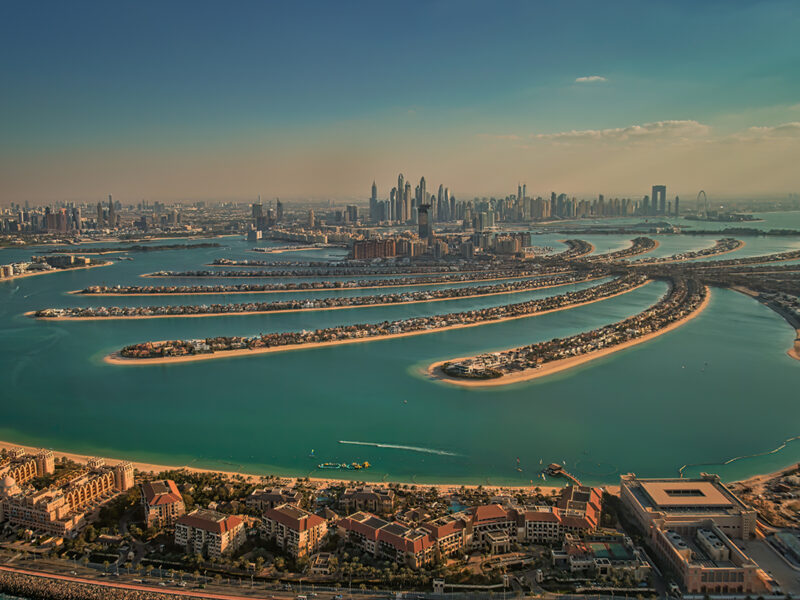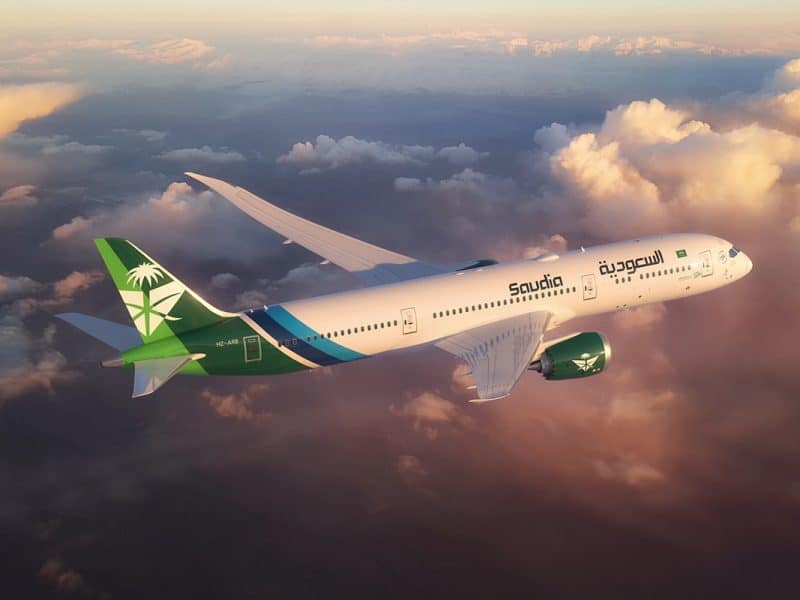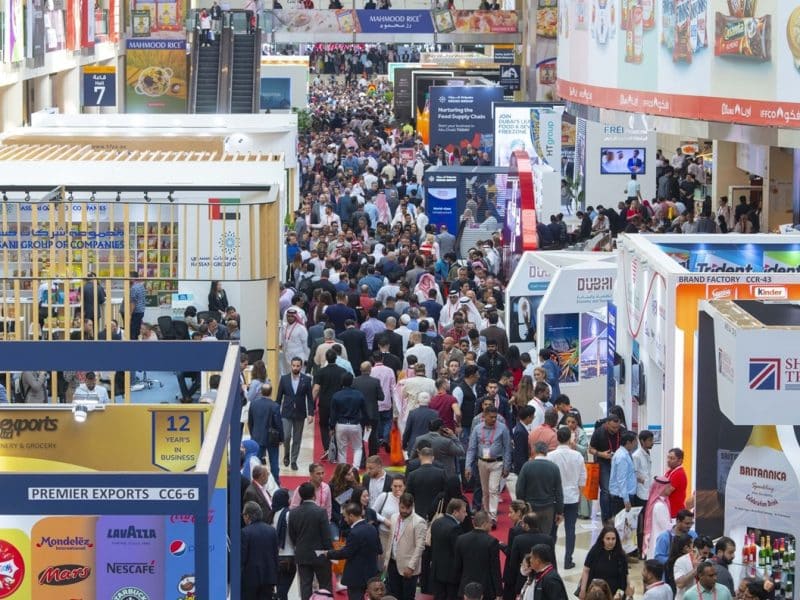Recent events will likely go down in the financial record books as the ones which redefined how the world looks at sovereign wealth funds. It is also part of a bigger geo-economic shift underway, which lends itself to the East-East moniker, meaning the wealth and trade belt from the Middle East to China.
While we have been covering the power of these government funds, where they are seeking to make a mark and the new emerging players within this space, it is only now that these funds are flashing on the global radar.
It is challenging to get hard figures on the total government investment funds under management, but there are a handful of Western banks attempting to do so. Standard Chartered Bank places the value at around US$2.2 trillion dollars. I personally think this is off the mark since the Abu Dhabi Investment Authority may have more than half that amount itself.
More eye-popping clearly is the path ahead. If oil stays in the range of US$60-US$80 a barrel over the next five years, the amount will surge to US$10-US$15 trillion. To provide some context, the current sum is already bigger than the global private equity pool, which made all the headlines in the past two years with record buyouts.
Is this a new phenomenon? Certainly not. The Kuwait Investment Authority (KIA) can trace its roots back to 1953; the Abu Dhabi Investment Authority (ADIA) to the mid-1960s. While they traditionally deployed assets in government bonds and currencies, that trend has changed over the past five years and accelerated in the last six months.
Chris Wheeler, banking analyst at Bear Sterns, points to global wealth surveys to illustrate the point that liquidity from record oil prices has to find a home. “A lot of excess funds are being generated which the SWFs are having to invest somewhere and they are finding interesting opportunities in difficult times in the banking sector.” Wheeler, like many others, believes the often talked about recession in the US will lead SWFs to more bargains in other sectors.
This must sound familiar. HRH Saudi Prince Alwaleed bin Talal bought stakes in Citigroup back in 1991 at the equivalent of US$2.75 a share. Even in the mid-20 range it is today, he is (excuse the cliché) smiling all the way to the bank. He obviously thinks this latest downturn created a similar opportunity and so did others who jumped in.
They are not traders, but investors who hold their stakes for years, sometimes decades. Like the financial markets, which create buyers and sellers, this market and story will continue to evolve. One of the newer players on the scene, the Qatar Investment Authority, will re-emerge after its participation in the bid for UK supermarket giant J. Sainsbury, and Mubadala of Abu Dhabi has recently put itself on the map with its stake in investment banker the Carlyle Group.
As the old and new sovereign funds begin to compete for Western assets, G8 countries are attempting to establish investment standards for all this capital. The US Treasury Department has lobbied to have the OECD, the Paris-based think tank for industrialised nations, and the International Monetary Fund in Washington put forth guidelines for best practices and greater transparency. That effort gathered momentum a few months ago, but the calls for concrete action have faded away, as the need for capital infusions on Wall Street rose rapidly.
The World Economic Forum in Davos provided a good opportunity not only for us to talk to the Middle Eastern and Far Eastern players making waves in global financial markets, but also to those who are trying to regulate their actions.








